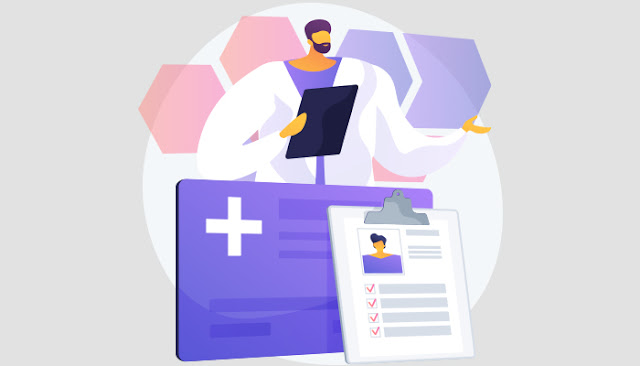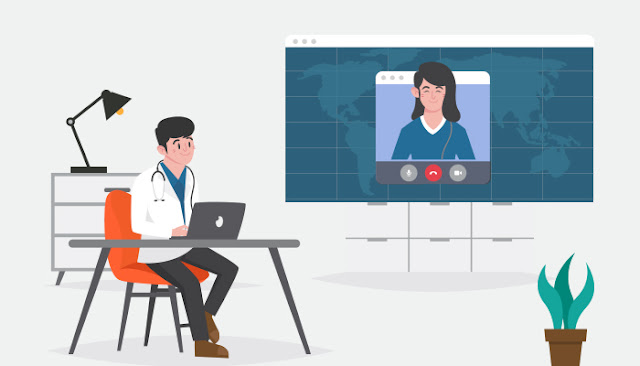Types of Telehealth Development Services
It's simple to notice that telehealth is prevalent everywhere. Telehealth is widely used in today's tech-based society, from the text message appointment reminder you received from your family doctor to the post-visit survey from your chiropractor. And it isn't anticipated to disappear any time soon.
According to MarketsandMarkets, the worldwide telehealth market, which was valued at $2.78 billion in 2016, will increase at a compound yearly rate of 27 to $9.35 billion by 2021. It goes without saying that now is the perfect time to join the telehealth revolution. But what options are available in the telehealth sector, and which kind of telehealth is appropriate for your patient base?
Three Major Telehealth Development Services Include:
The use of live (or synchronous) interactions is one method of telemedicine services. These conversations take place in real time between patients and clinicians or between two providers.
Real-time communication in these exchanges enables more open information sharing and the raising of crucial follow-up questions. It may also encourage a reluctant patient to develop trust in the provider—a major barrier to patient populations adopting telemedicine. With this approach, there is no time delay.
The store-and-forward (or asynchronous) approach is widely used by providers notwithstanding the advantages that synchronous transactions bring. Important data, including video and photographic pictures and diagnostic tests, are maintained in store-and-forward telemedicine services before being forwarded at a later time to a healthcare professional, typically a specialist.
This information is evaluated by the expert, who then responds. There is a time lag, which reduces the opportunity for questions. However, since it does not necessitate organizing the schedules of several people, it may also simplify the process.
Remote patient monitoring is another form of telemedicine service that is frequently used. In remote patient monitoring, patients or healthcare professionals (often nurses) will be able to enter important healthcare data and indicators throughout time, such as blood pressure, blood glucose levels, or weight.
The healthcare team will next compile this data into a single dataset so they can assess any significant patterns or changes. For those suffering from chronic conditions like Type II diabetes or congestive heart failure, it can be a very useful tool or practice.





.jpg)

Comments
Post a Comment